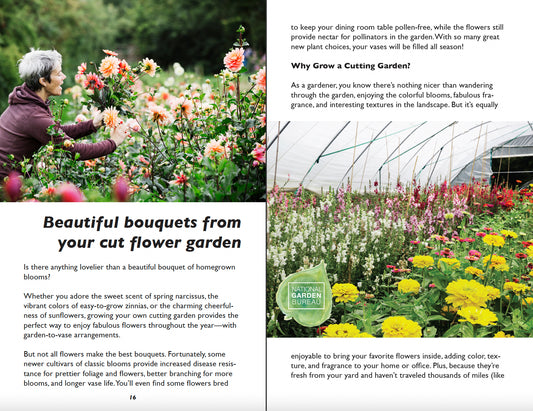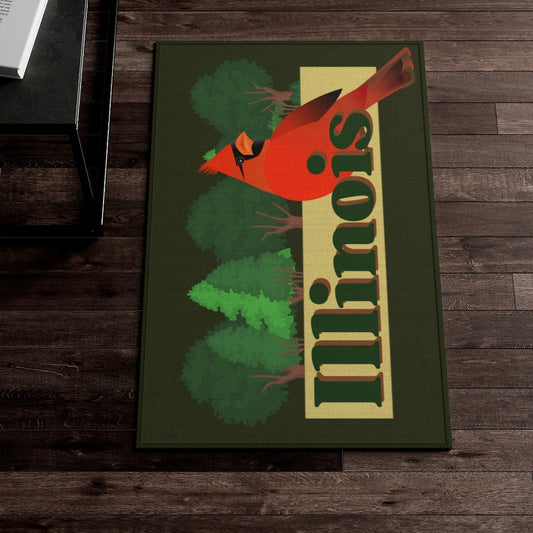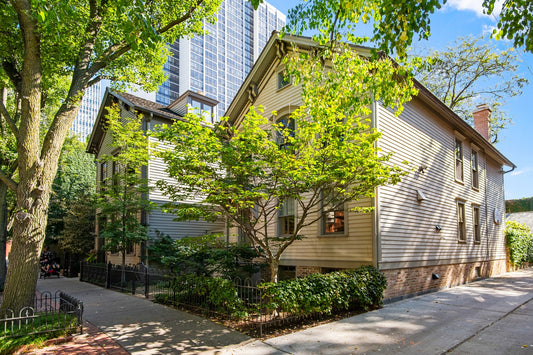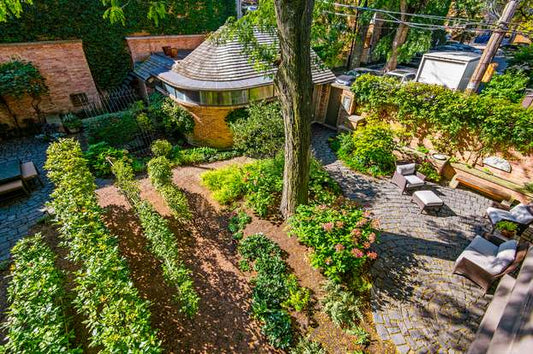Is there anything lovelier than a beautiful bouquet of homegrown blooms?
Whether you adore the sweet scent of spring narcissus, the vibrant colors of easy-to-grow zinnias, or the charming cheerfulness of sunflowers, growing your own cutting garden provides the perfect way to enjoy fabulous flowers throughout the year—with garden-to-vase arrangements.
But not all flowers make the best bouquets. Fortunately, some newer cultivars of classic blooms provide increased disease resistance for prettier foliage and flowers, better branching for more blooms, and longer vase life. You’ll even find some flowers bred to keep your dining room table pollen-free, while the flowers still provide nectar for pollinators in the garden. With so many great new plant choices, your vases will be filled all season!

Why Grow a Cutting Garden?
If you’re like most gardeners, though, the thought of leaving holes in your carefully created landscape beds or borders might make you hesitant to snip blooms for bouquets. Many flowering shrubs’ blooms make lovely additions to arrangements, producing dozens of blooms that make snipping a few for a vase inconsequential to the overall landscape. But cutting a border of daffodils, tulips, or zinnias just as they reach their peak show can make the landscape look a bit bare. Instead, consider planting a cutting garden.
How to Create a Cutting Garden
Traditionally, a cutting garden is a space tucked out of sight, where rows of flowers are cultivated much like you’d grow and harvest a veggie crop. However, because cutting gardens are filled with gorgeous color, texture, and fragrance, there’s really no need to hide these beauties—it’s just a personal preference. Instead, it’s more important to select a site with ample sun, rich soil, good airflow, excellent drainage, and access to water.

If your front yard boasts the best sun, don’t be afraid to plant your cutting garden where neighbors can appreciate the beautiful blooms, too. (Of course, check to make sure your cutting garden complies with Homeowners’ Association regulations.) Or incorporate your cutting flowers among your veggie crops. Not only do the flowers help attract pollinators to your vegetables, but they also add beauty to the kitchen garden.
Once you’ve chosen a sunny space for your cutting garden, pay attention to the soil. Is it rich, loamy, and well-drained, or does it need amendments for your flowers to thrive? The sole purpose of a cutting garden is to produce flowers and foliage to harvest for bouquets, and nutrient-rich soil is essential for healthy, bountiful floral harvests.
For brilliant blooms all season long, add compost to your soil to give your plants a great start. Rich compost helps feed the plants, providing micronutrients they need to produce gorgeous blooms. As the season progresses, you may need to side-dress the plants with additional compost or add fertilizer to encourage more blooms. Choose a fertilizer for flowers and follow the directions on the label.
While plants need rich, well-drained soil to ensure their roots stay healthy, they also require adequate water to produce brilliant blooms. Before you plant, consider laying drip irrigation in your cutting garden beds.

Drip irrigation offers several benefits in a cutting garden:
- Saves time and hassle. After all, who likes lugging a hose around the garden on 95-degree summer days?
- Saves water by targeting the root zone of the plants—where they need it.
- Prevents disease, which can be spread through soil splashing onto the plant’s leaves when watered overhead.
Most flowers need about an inch of water per week to produce well. Check the top inch of soil. If it feels moist, no need to water. If it’s dry, turn on your drip irrigation. (Or pull out the hose!)
Plan for Beautiful Bouquets All Year
A well-designed cutting garden keeps your vases full, from the first hint of spring through the chilly days of winter. By creating a seasonal planting plan for your cutting garden, you’ll enjoy beautiful blooms and fabulous foliage all year long.
While many gardeners focus on only summer-blooming flowers grown from seeds, like zinnias and sunflowers, you can extend floral displays by adding spring and summer-blooming bulbs and tubers, hardy annuals, perennials, and foliage plants to your cutting garden.
To get started, make a list of your favorite flowers: those should be a must for your cutting garden. Next, make a calendar based on bloom time. Think about the earliest bulbs you enjoy in your garden, starting with daffodils and tulips. Then, consider your favorite early summer blooms, and add them to the list. Continue through fall, focusing on late-blooming flowers, grasses, and foliage. And finally, don’t forget winter: evergreen foliage and winter-flowering plants, like hellebores, make great additions to your cutting garden.
The goal is to enjoy indoor homegrown floral displays all year long.
This post is provided as an educational/inspirational service of the National Garden Bureau and our members.
















